Winter deliveries to Asia will start along the Northern Sea Route next month
Moscow plans to start year-round LNG deliveries to Asia via Russia’s Arctic waterways, Sergey Zybko, head of the Northern Sea Route (NSR) operator, announced this week.
Speaking during the “Arctic: present and future” forum, Zybko said the launch of the pilot program is scheduled for next month.
“Starting from January, gas carriers will move under icebreaker support, including during those months when they never sailed before – March, April and May. This will mean year-round navigation,” he said.
Navigation in the eastern part of the NSR usually starts in June and is halted in December due to thick ice. During the halt in navigation, Russian LNG is usually delivered to Asia via a longer route – through the Suez Canal and the Strait of Malacca, which can take up to 45 days compared to 36 days via the NSR.
Experts note that at the initial stage, year-round navigation will likely be limited to a handful of tankers and make up only a small share in total exports, largely due to the insufficient number of nuclear icebreakers at the present time. However, test shipments will make it possible to evaluate the cost of icebreaker support for gas carriers and check whether it is possible to escort a caravan of several tankers with one icebreaker, analysts say. Both factors will influence the final cost of LNG shipments.
Exports of Russian oil and gas to Asia along the NSR has amounted to about 3.84 million tons this year. While LNG supplies remained largely unchanged from last year at 2.27 million tons, oil deliveries surged, mostly due to exports to China. Russian oil companies sent 1.5 million tons of crude, or 14 tankers, along the NSR in 2023, against only one tanker in 2022.
Read more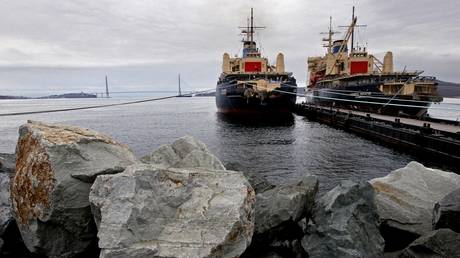 Russia delivers first LNG to China via Arctic – Reuters
Russia delivers first LNG to China via Arctic – Reuters
The NSR is a transport corridor in Russia’s exclusive economic zone that stretches the entire length of Russia’s Arctic and Far East regions. The route is gradually becoming a major trade passage for goods shipped between Europe and Asia. Its geography allows for a drastic reduction of transportation times compared to traditional pathways through the Suez or Panama canals. Over the past eight years, Russia has extensively developed the NSR by modernizing port infrastructure, along with rail and river transport corridors.
Overall freight turnover through the NSR reached 34 million tons in 2022, marking an eightfold increase since 2015. Ongoing infrastructure initiatives are expected to propel the turnover to upwards of 80 million tons in 2024.
For more stories on economy & finance visit RT's business section

 1 year ago
245
1 year ago
245


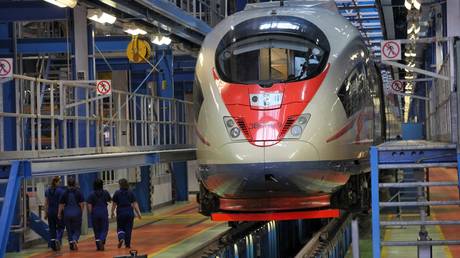
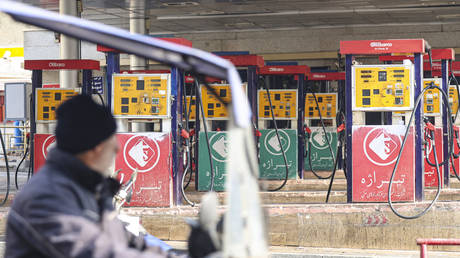
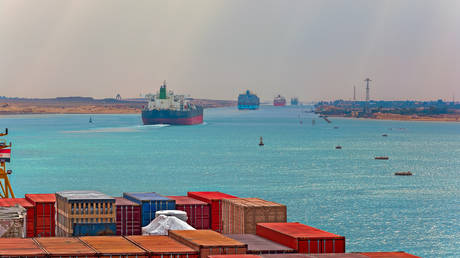
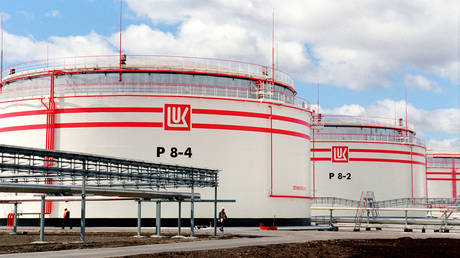
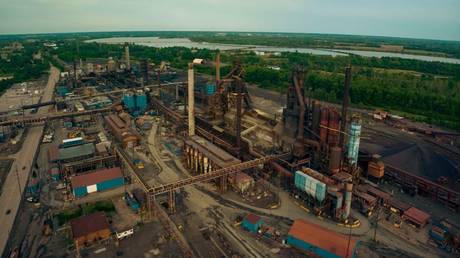

 English (US) ·
English (US) ·